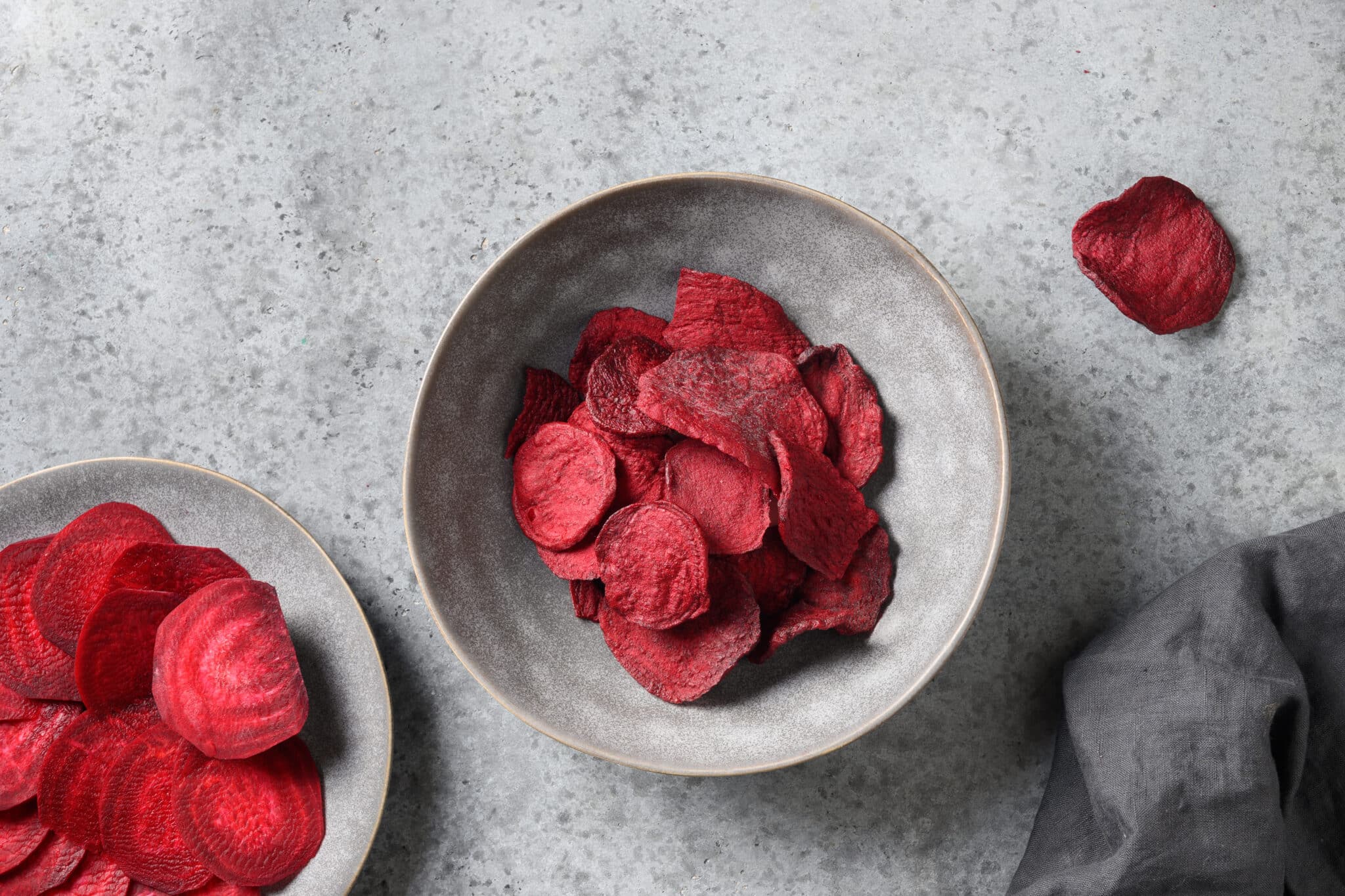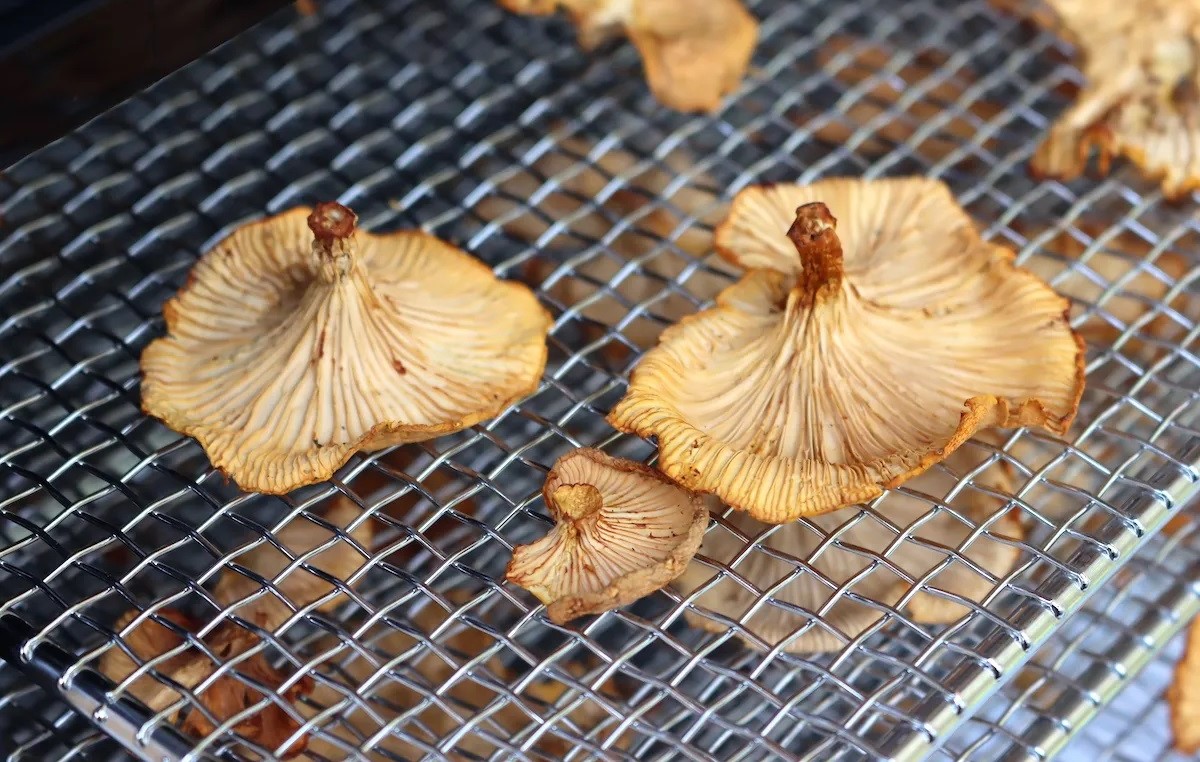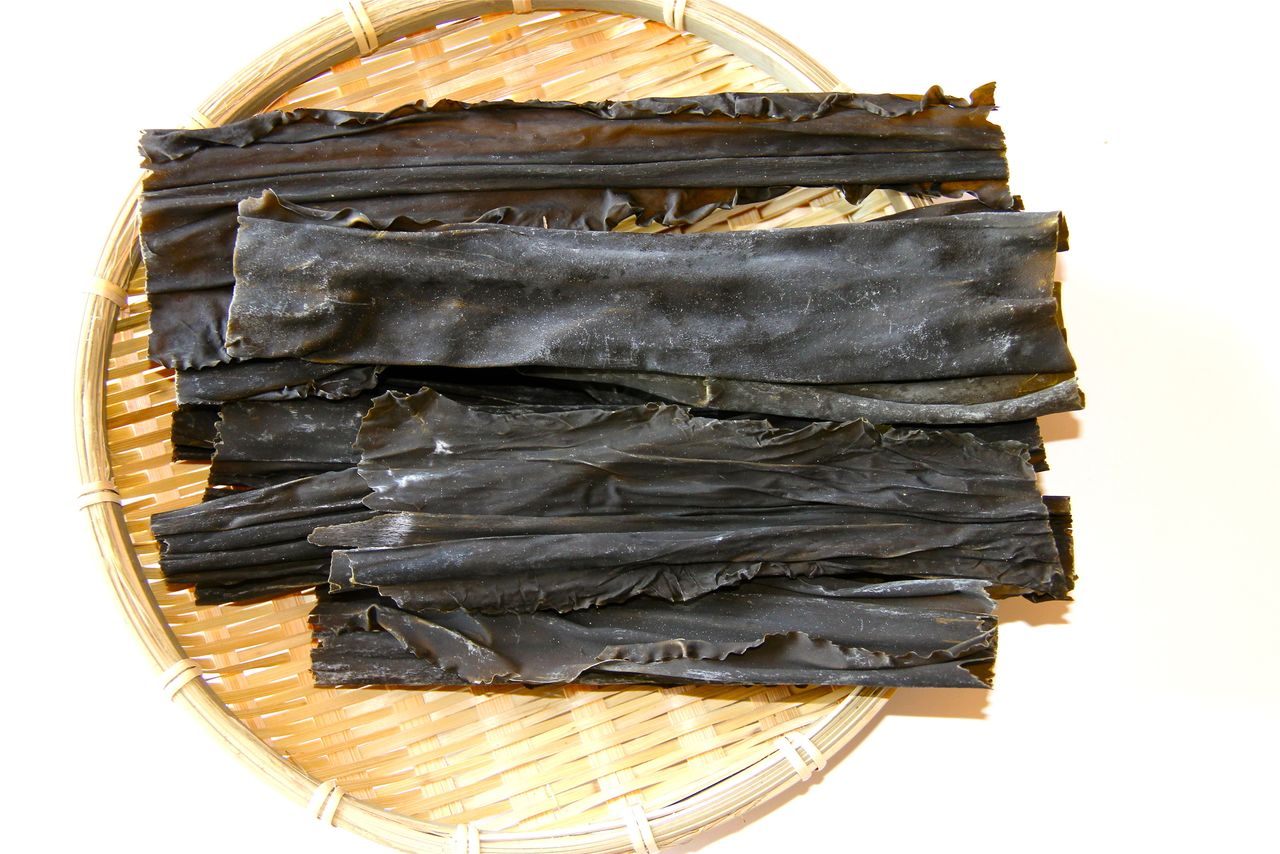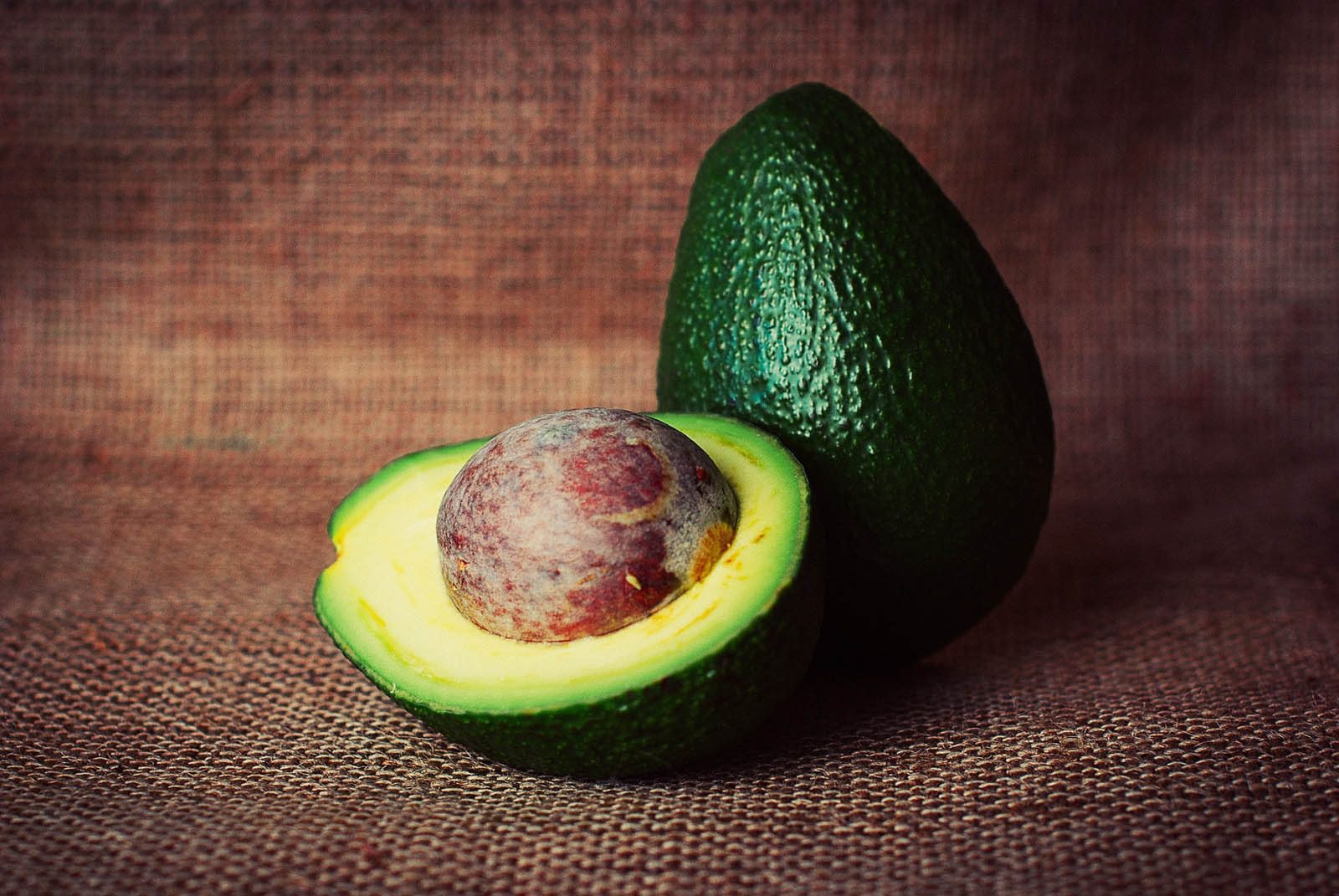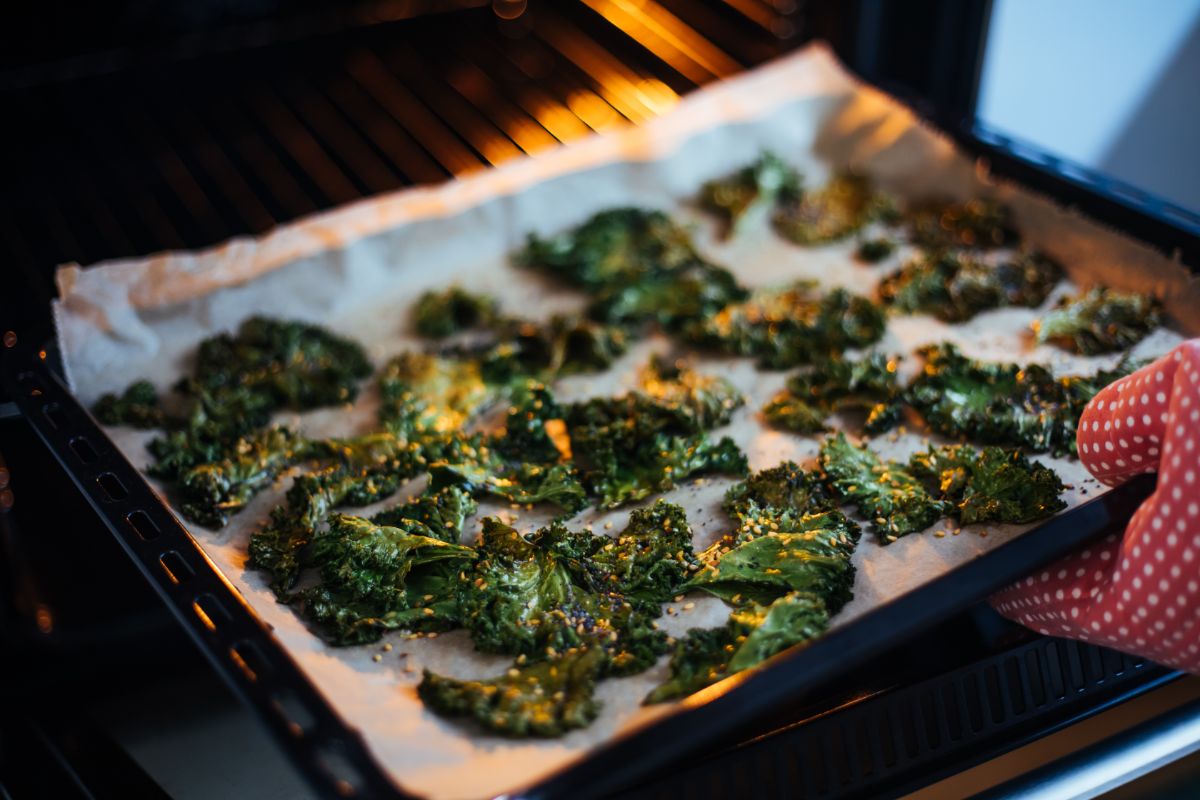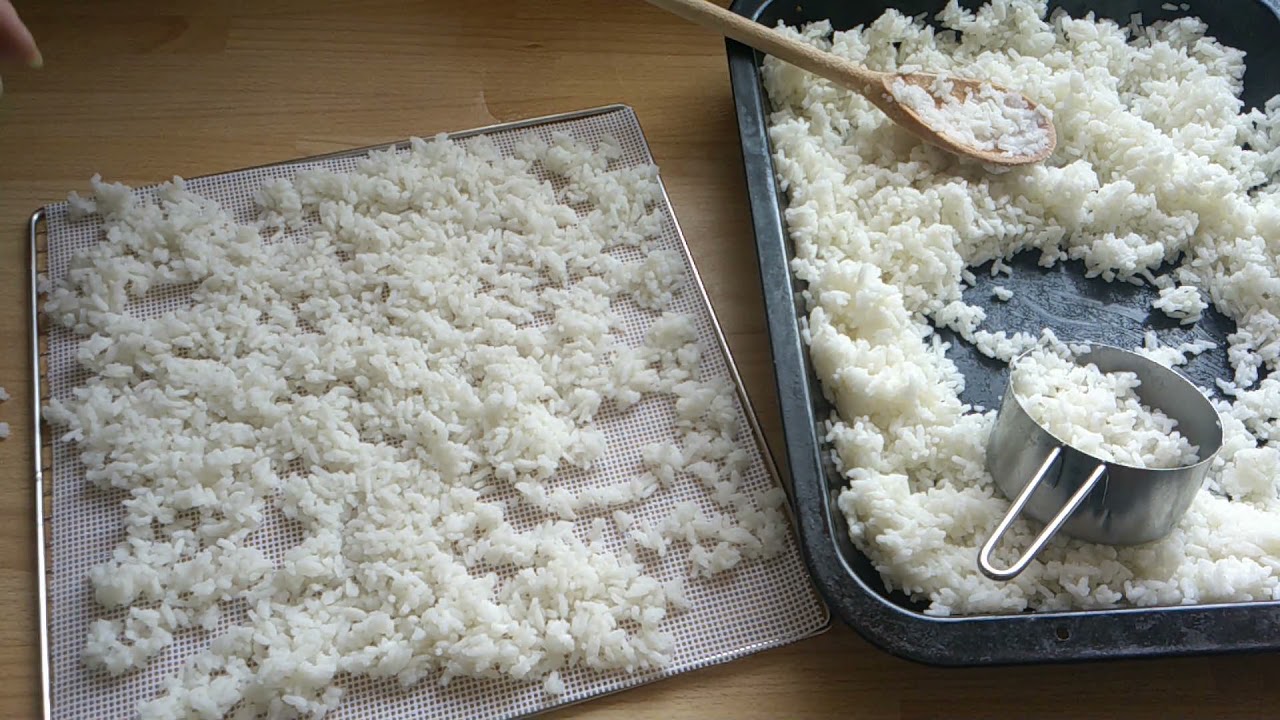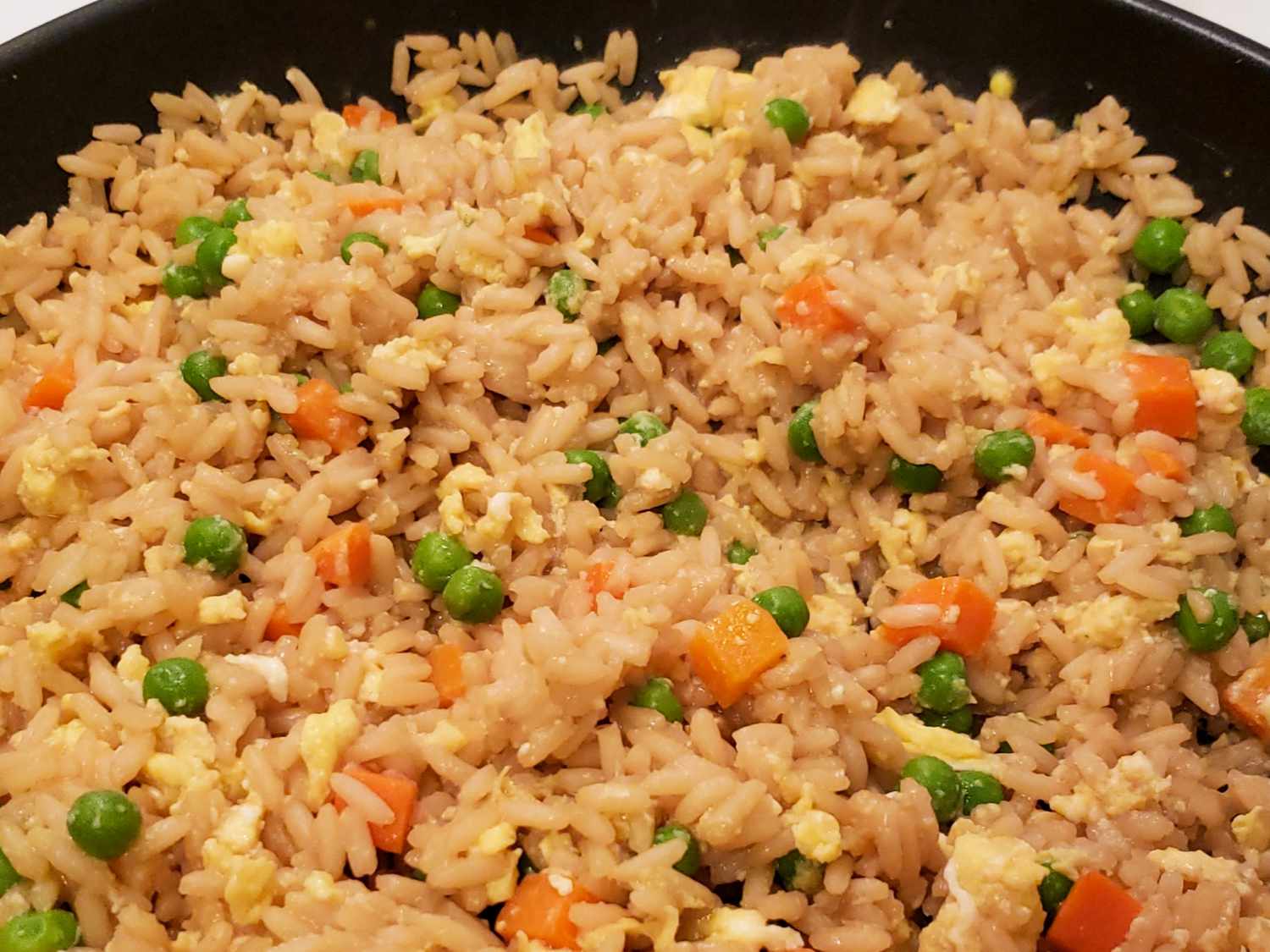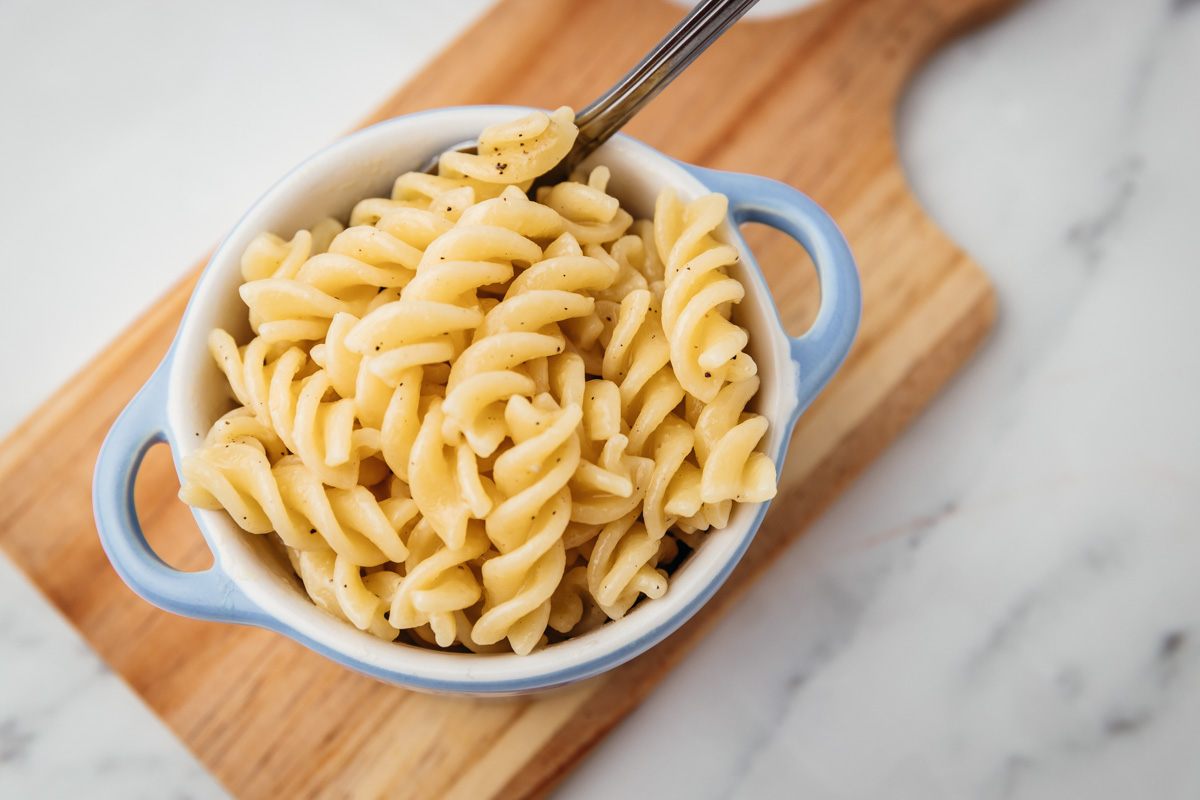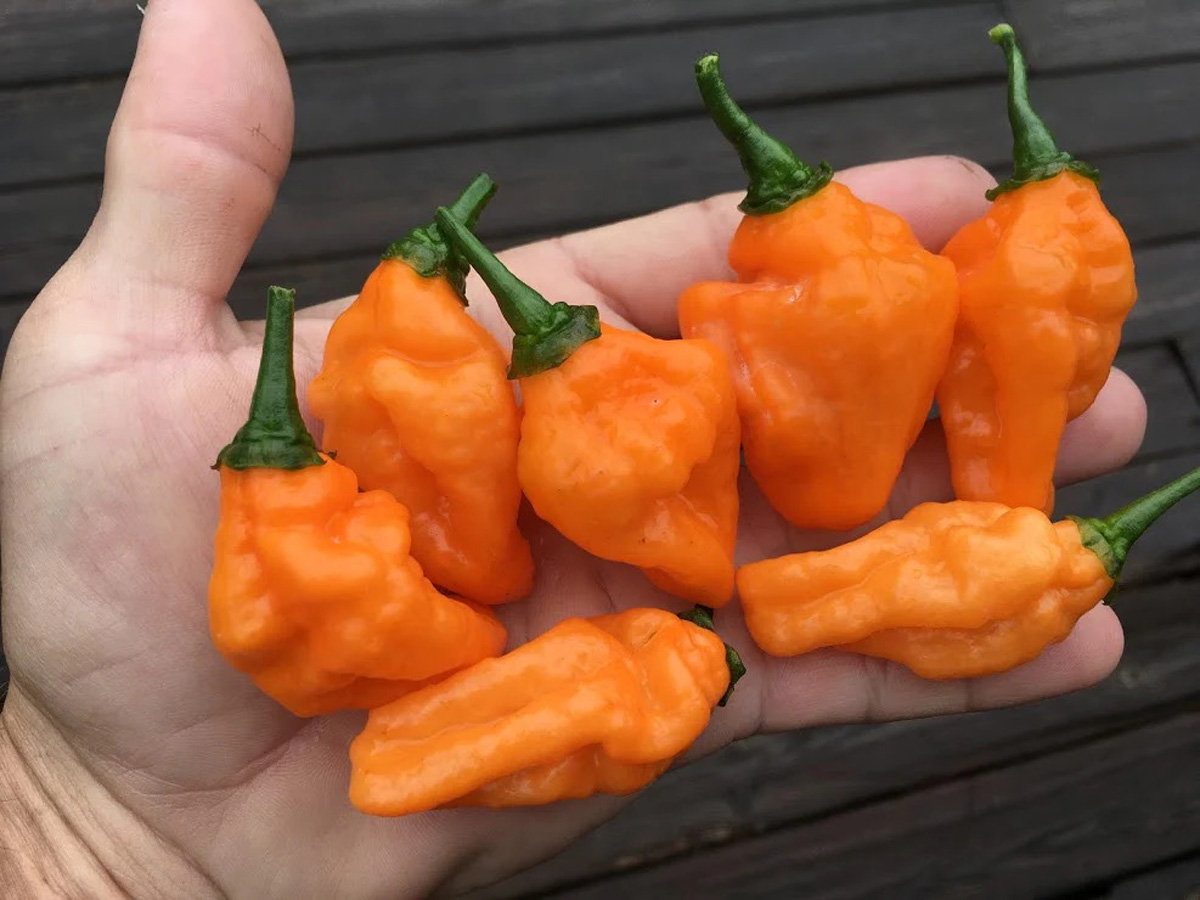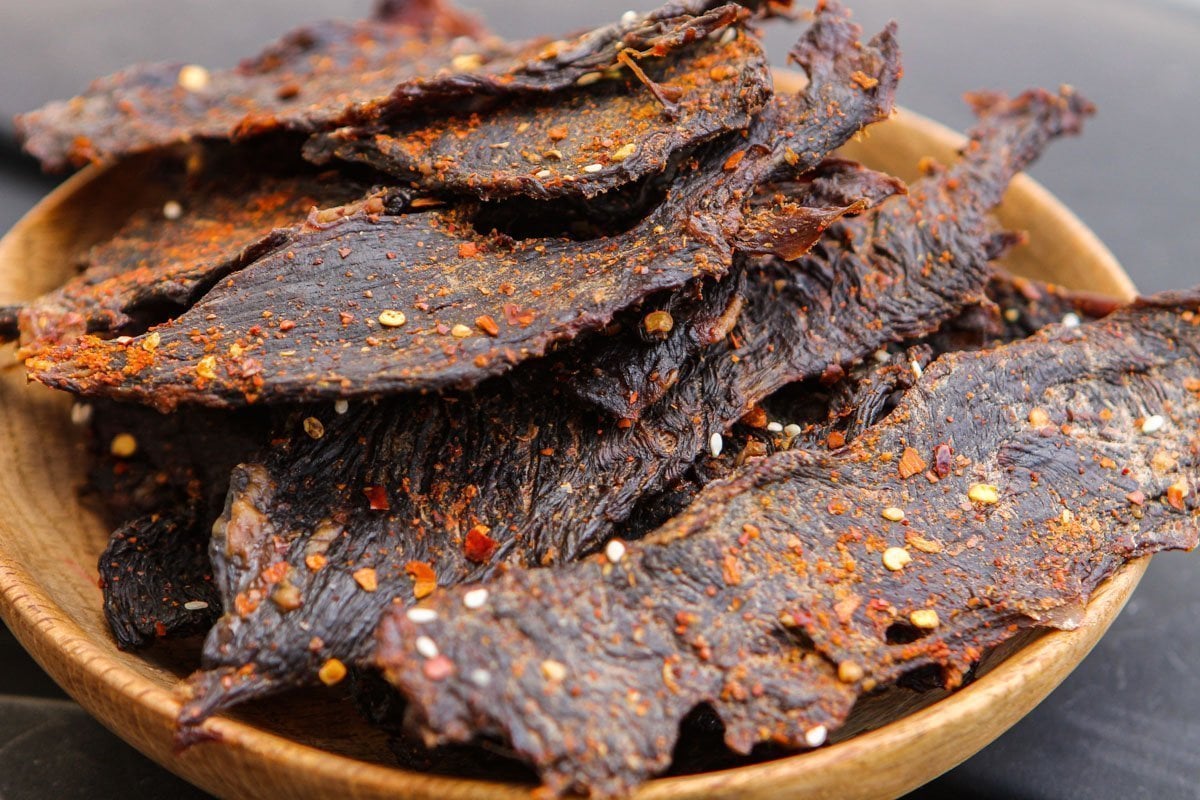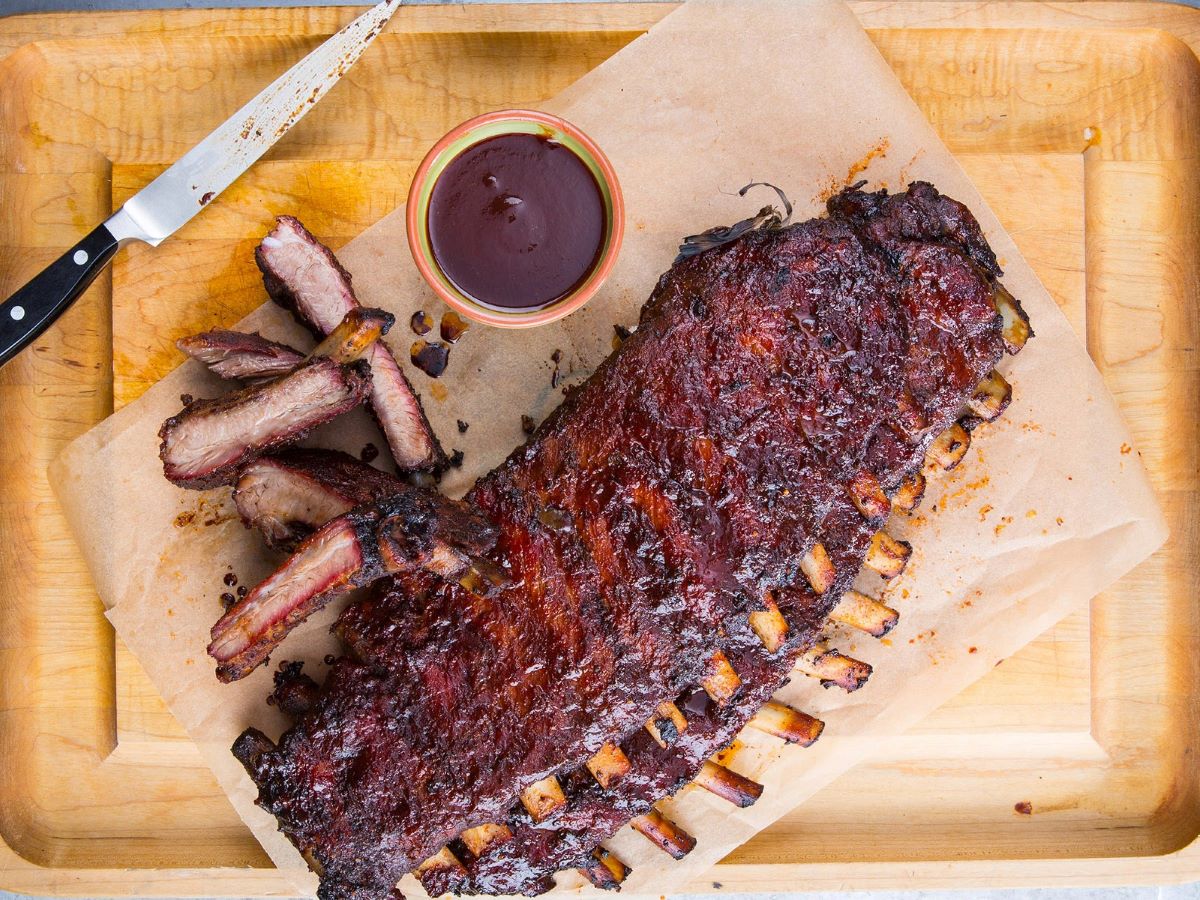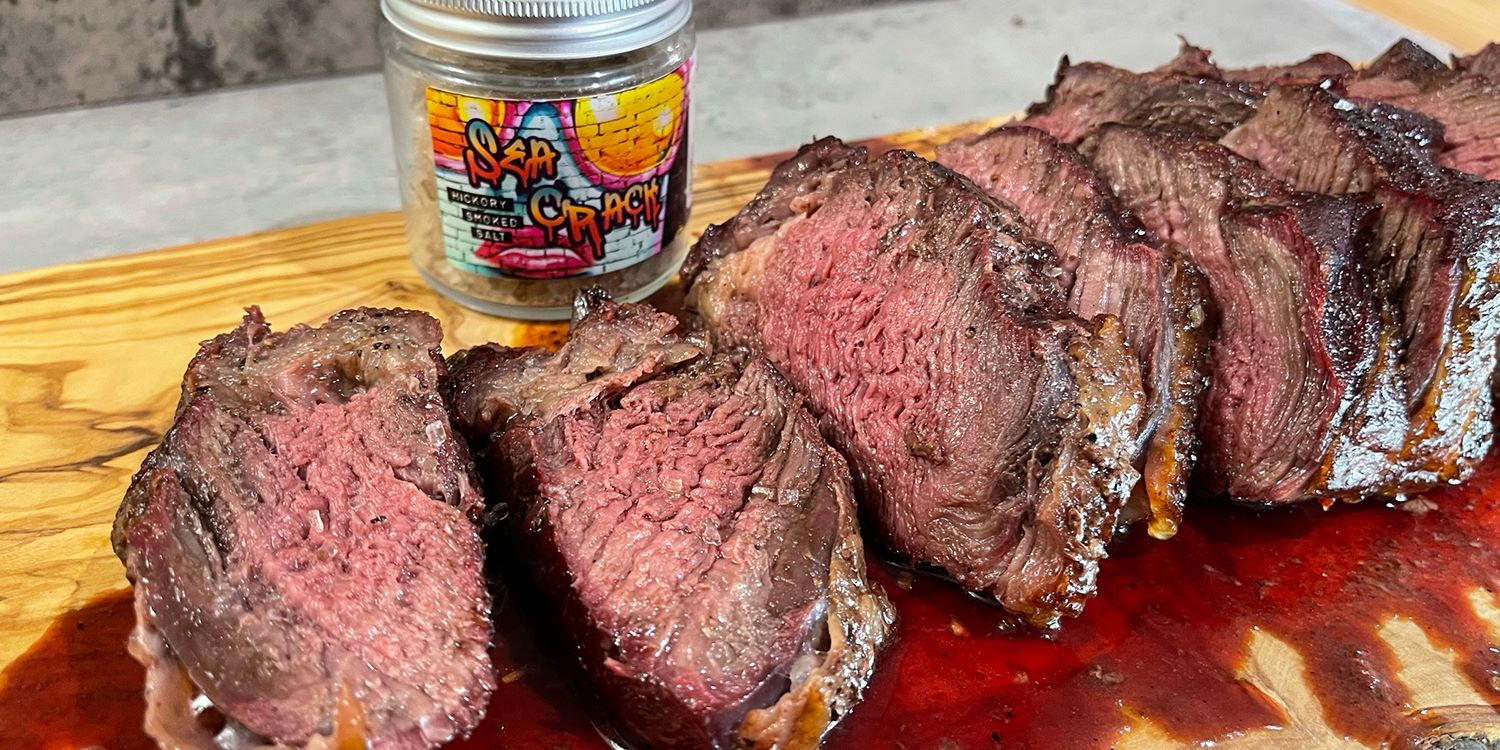Dehydrating Fruit: A Delicious and Nutritious Snack
Dehydrating fruit is a wonderful way to preserve the natural sweetness and flavor of your favorite fruits while creating a convenient and healthy snack. Whether you’re looking to enjoy dried fruit on its own, incorporate it into recipes, or simply reduce food waste, learning how to dehydrate fruit is a valuable skill that can be easily mastered in your own kitchen.
Choosing the Right Fruits
Not all fruits are created equal when it comes to dehydrating. Some fruits are better suited for this preservation method than others. When selecting fruits for dehydration, consider the following:
- Choose fruits that are ripe but not overripe. They should be firm and free from bruises or blemishes.
- Opt for fruits with high water content, such as berries, apples, pears, and mangoes.
- Avoid fruits with low water content, like bananas and avocados, as they are not well-suited for dehydration.
Preparation and Dehydration Process
Once you’ve selected your fruits, it’s time to prepare them for dehydration. The process is relatively simple and can be broken down into a few key steps:
- Wash the fruits thoroughly to remove any dirt or residue.
- Peel and slice the fruits into uniform pieces to ensure even drying.
- For fruits that are prone to browning, such as apples and pears, consider soaking them in a solution of lemon juice and water to preserve their color.
- Arrange the prepared fruits in a single layer on the dehydrator trays, ensuring that there is space between each piece for air circulation.
- Set the dehydrator to the appropriate temperature and allow the fruits to dry for the recommended time, which can vary depending on the type of fruit and the moisture content.
Storing Dehydrated Fruit
Once the fruits are fully dehydrated, allow them to cool to room temperature before transferring them to airtight containers for storage. Properly dehydrated fruits should be leathery and slightly pliable, with no moisture remaining. Store the dried fruits in a cool, dark place to maintain their quality and shelf life.
Enjoying Dehydrated Fruit
Dehydrated fruit makes for a delicious and nutritious snack that can be enjoyed in a variety of ways:
- Snack on dried fruits as a standalone treat.
- Add them to trail mix for a boost of natural sweetness and energy.
- Incorporate them into baked goods, such as muffins, cookies, and breads, for added flavor and texture.
- Use them as toppings for oatmeal, yogurt, or cereal to enhance your breakfast routine.
Final Thoughts
Learning how to dehydrate fruit is a valuable skill that allows you to enjoy the flavors of your favorite fruits year-round. By following the proper preparation and dehydration techniques, you can create delicious and nutritious snacks that are perfect for on-the-go, lunchboxes, or satisfying your sweet tooth in a healthier way. Experiment with different fruits and flavor combinations to discover your own favorite dehydrated fruit creations!
For those diving into the world of dehydrated fruit, there are several recipes worth trying to put your new skills to the test. Start with Dehydrated Fruit and Nut Granola Bars for a nutritious snack that's perfect for any time of day. If you're looking for a quick energy boost, Dehydrated Fruit Energy Bites are easy to make and packed with flavor. For a more elegant option, create a Dehydrated Fruit and Cheese Platter to impress guests at your next gathering. Those with a sweet tooth will enjoy Dehydrated Fruit Tarts, a delightful dessert that's both healthy and delicious. Lastly, Homemade Fruit Leather is a fun project that yields a tasty, portable treat. Each of these recipes showcases the versatility of dehydrated fruit, making them ideal for anyone looking to expand their culinary repertoire.
Was this page helpful?
Read Next: How To Dehydrate Lemons In Air Fryer
